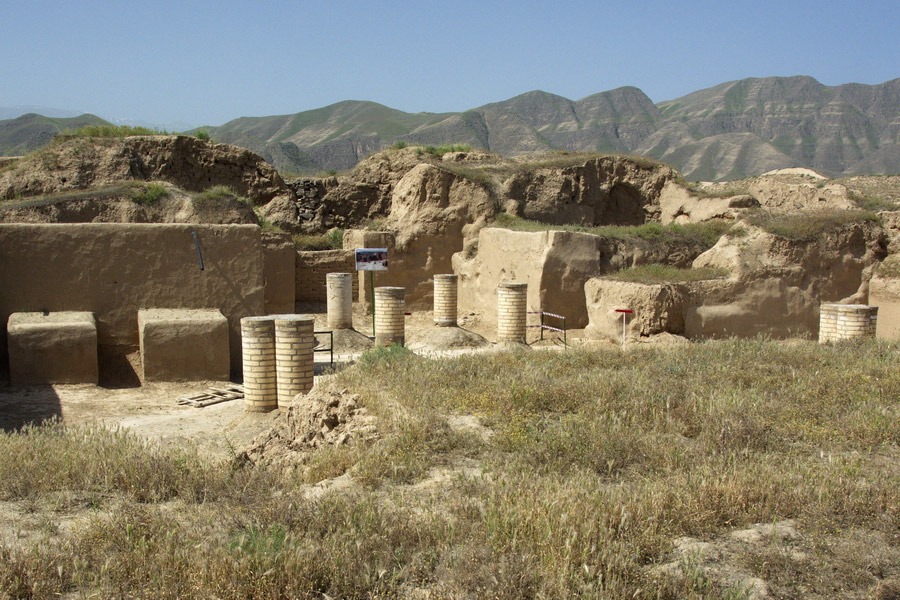Nusay, the capital of the ancient Parthian stThe Nusay Fortress is one of the most important historical monuments in Turkmenistan. At a distance of 18 km from the city of Ashgabat on the outskirts of the village of Baghdad, is the remains of the ancient city of Nusay, the capital of the famous Parthian kingdom that flourished between the 3rd century BC and the 3rd century AD.
Nusai was the capital of the ancient Parthian state, which was established in the 4th century BC after the collapse of the Achaemenid Empire due to the conquest of Alexander the Great. The emergence of such famous antiquities as Khorezm and Bactria is also attributed to this period. But the most powerful of these was Parthia, which stretched from northwestern India to the Mediterranean coast. By the first century C.E., Parthia had reached the pinnacle of growth and had become a rival to the Roman Empire.
The word “nusay” is found in the oldest Shinahat texts and in the Avesta book. It tells of the Aryan tribes of Nusay, a land of grassy pasture and a breeding ground for the horses of the ancient East, the Ahal-Teke. There are two archaeological sites in the Historical Society – Old and New.
Old Nusay, also known as the ancient city of Mithridakert, is of particular interest to tourists. In Old Nusay, the buildings of palaces and temples were concentrated. There was also a treasure trove, a large barn, and a large storehouse. The walls of the fortress were 8 to 9 feet (8 to 9 m) thick and were supported by a 43-square-foot tower.
The newest find in Old Nusai is a fresco, a true work of Parthian painting.
New Nusay is an ancient city surrounded by several acres of flower gardens with the residences of the local aristocracy. Unlike Old Nusay, life here continued for many centuries after the fall of the Archacids. But the city, which had been destroyed by the Sassanids for more than two centuries, was empty. It was rebuilt in the second half of the 5th century by the Sassanid king Firuz, who recognized the convenient location of Nusay. In 651, Nusai became part of the Arab Caliphate. In 1220, Nusay, like other major cities in Central Asia, suffered a general calamity – siege and destruction by the Mongols.
At present, copies of Parthian wall painting and architectural decorations are kept in the Saparmurat Turkmenbashi Museum of Fine Arts. Rytons, marble statues, and valuable finds from the tombs of kings are exhibited in the halls of the National Museum of Turkmenistan.

